- About us
- Support the Gallery
- Venue hire
- Publications
- Research library
- Organisation chart
- Employment
- Contact us
- Make a booking
- Onsite programs
- Online programs
- School visit information
- Learning resources
- Little Darlings
- Professional learning
Imelda Roche AO (b. 1934), with husband Bill, introduced the Nutri-Metics skin care range to Australia in 1968. In business together since 1957 they invested in commercial premises before purcashing their first home. After establishing corporate offices in sixteen countries, in 1991 they bought the company from its Californian founder moving headquarters to Sydney. The ‘face’ of Nutri-Metics, Imelda challenged prevailing views of direct selling as a high-pressure transaction, emphasising a service-oriented engagement between trained consultants and clientele. She encouraged full time home-makers to become financially self-reliant by building independent service-oriented businesses within Nutri-Metics. After selling Nutri-Metics in 1997, the Roches focused on community property developments and tourism, creating the remarkable Hunter Valley Gardens. Named one of the world’s 50 leading female entrepreneurs in Paris in 1997, Roche was the first woman and first Australian appointed Chair of the World Federation of Direct Selling Associations. She has served on 31 boards and committees focusing on health, education and trade and represented both Prime Ministers Keating and Howard as an Australian delegate to APEC. Chancellor of Bond University from 1999 to 2003, she has two honorary doctorates.
The painting in the background of this work is by Sandra Leveson.
Commissioned 2003
© Paul Newton
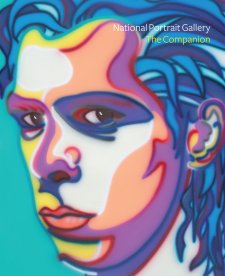
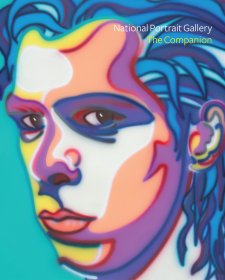
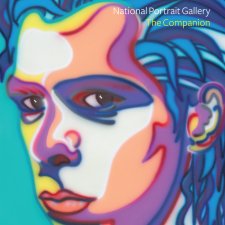
On one level The Companion talks about the most famous and frontline Australians, but on another it tells us about ourselves.
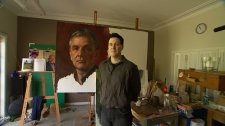


An interview with Paul Newton, the creator of the portrait of rugby legend David Campese.
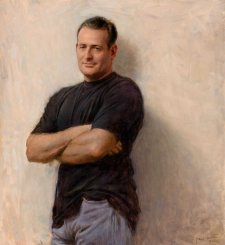

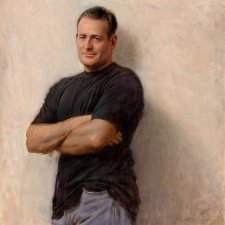
Katherine Russell examines the art of Australian artist Paul Newton, referencing the portraiture of John Singer Sargent.